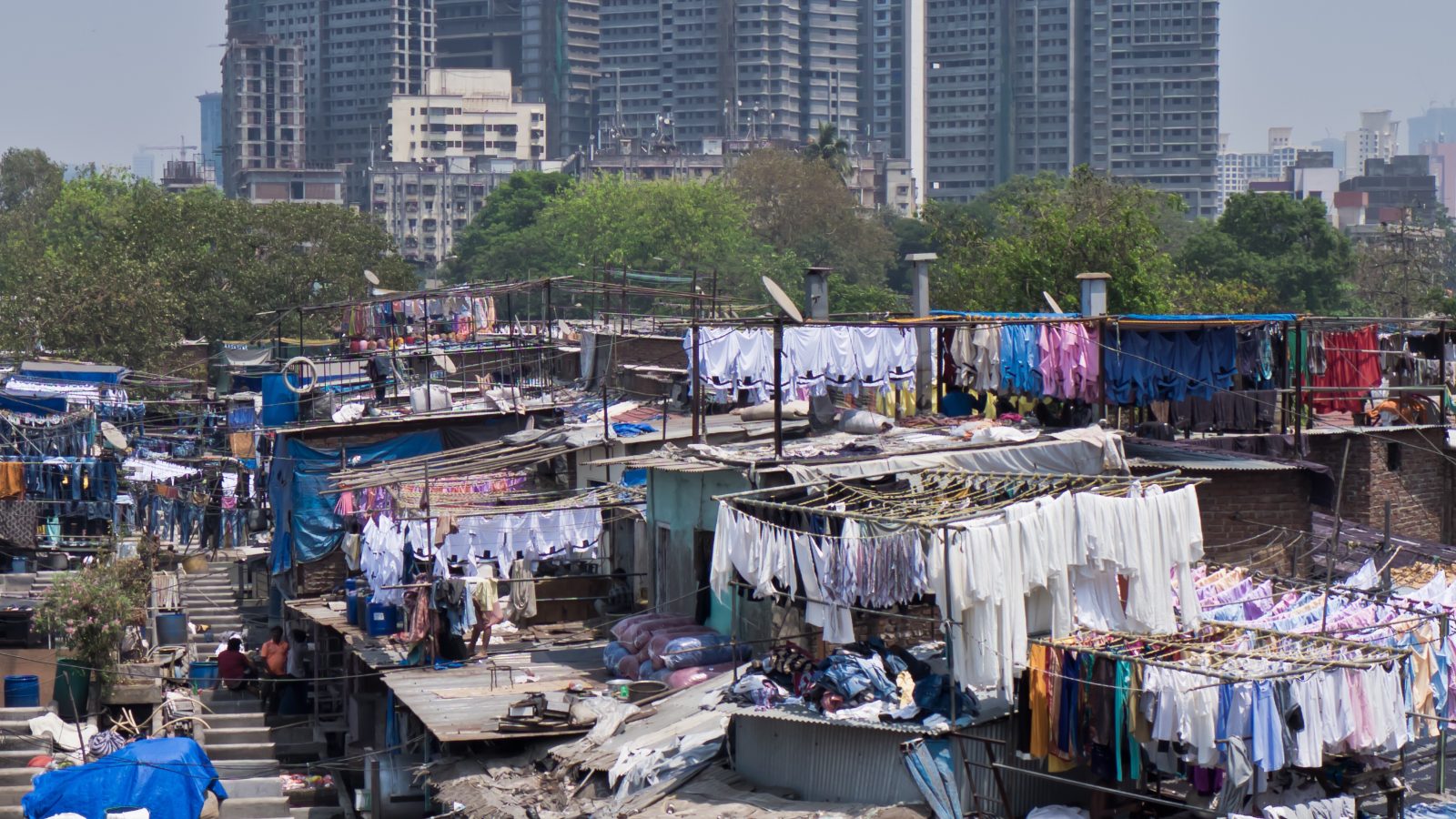
Towards the democratisation of the slum development law in the state of Karnataka
A shift from clearance to a quality existence
The idea of a slum as an unintended city needs to change. India’s democracy paves way for an aspirational free mobility without ensuring a concomitant right to an organized dwelling. These conflicting rights create a democratic conundrum leading to the formation of slums. The Karnataka slum improvement law is restrictive as it emanates from a clearance mindset rather than a rights-based developmental mindset.Thus, it is necessary to push for a greater democratization of slum development by shifting the focus from clearance to rehabilitation by incorporating a rights-based approach in existing laws and housing policies.
The Karnataka Slum Areas (Improvement and Clearance) Act 1974 was enacted to provide a legislative framework for the clearance, improvement and the prevention of growth of slums. The Act establishes the Karnataka Slum Development Board to carry out functions as prescribed. The Act also accords protection to tenants from eviction in the slum areas.
The Act has ideological shortcomings that leak into a weak institutional set up unable to uphold the rights of the slum dwellers. The ideological shortcoming originates from the very definition of ‘slums’ defined as posing a danger to the society at large. The idea that these settlements are equally dangerous to the slum dwellers is not reflected in the Karnataka Act.
The Act does not define slums or slum dwellers per se but views slums from a clearance perspective rather than a development and rehabilitation perspective. Flowing from the idea of slum clearance the very definition of a slum is dehumanizing to slum dwellers. The process of democratization begins when the slum dwellers are viewed as citizens denied their basic rights.
Section 3 of the Act sets down certain parameters to declare an area as a slum. The section codifies the stigma associated with slums, as any area that is likely to be a source of danger to the health, safety, or convenience of the public of that area or its neighbourhood, because of the area being low-lying, unsanitary, squalid, over-crowded. In contrast, the UN defines “slums” as a group of individuals living in an area lacking in amenities such as durable housing, sufficient living area, access to improved water, access to improved sanitation facilities, and secure tenure.
The next step in the democratization of slum development, guaranteed statutory tenurial rights and democratic institutional setups for slum development are essential. Tenure rights are the legal right of a person to live in a particular building or use a piece land for a specified period of time. It is essential to codify tenurial rights under a statute. Presently, tenurial rights are not codified under the Karnataka Slum Areas (Improvement and Clearance) Act, 1974 but are contingent upon the slum dwellers availing benefits under governmental schemes such as the Ambedkar Rural Housing scheme of Karnataka. Under the said scheme, SC/STs and urban slum dwellers are entitled to title deeds known as ‘hakku patra’. A hakku patra is a legal document that signifies an individual’s right of occupation in the specified property owned by the government with certain conditions. The government under the said scheme offers free registration of the hakku patras under the beneficiary’s name upon fulfilment of certain conditions.
In contrast to this, the Jammu and Kashmir Property Rights to Slum Dwellers Act, 2012 was one of the state legislations that codifies the tenurial rights of the slum dwellers which are non-transferable except by inheritance in the form of a dwelling house that shall be of a minimum twenty-five square meter carpet area upon the fulfilment of certain conditions. Codification of rights under a statute provides a guaranteed right translating to secure tenure for the slum dwellers. The Act also codifies in-situ redevelopment of slums – a process of redevelopment of slum areas by providing access to basic civic amenities.
To strengthen the institutional setup, the Karnataka Slum clearance board should be reconstituted as a Slum Rehabilitation Authority. The board that shall be reconstituted as the authority, presently predominantly consists of government stakeholders, must also include representatives from slum dwellers collectives, or organizations representing their interests. The Authority must then be empowered to implement schemes framed by the state and central government for slum rehabilitation and be able to constitute slum development planning committees involving representatives from the respective settlements. This shall ensure participation from the slum-dwelling communities to better incorporate their needs in the developmental planning process.
This committee shall then prepare a developmental plan for the relocation or development of the slum settlement. The slum developmental plans shall give due importance to ascertaining the availability of civic amenities such as schools, and health clinics around the area of relocation or development of the new settlement. The plan shall also place environmental sustainability at the core while designing the layout of the settlement. The development plan formulated by the committee shall then be approved by the authority after conducting a public consultation with the respective slum-dwelling community. However, the success of these developmental plans depends on adequate funding avenues. Innovative financing has emerged as one such avenue that refers to non-traditional mechanisms to channel external funds in the form of micro-contributions or public private partnerships. Innovative funding mechanisms include diverse mechanisms such as micro-financing of slum upgradation projects through micro financing institutions (MFIs). There is a need to accelerate low-income lending for such projects wherein the MFIs partner up with banks and NGOs to evolve loan products to support such endeavours.
Thus, democratic slum development is possible and imperative.
